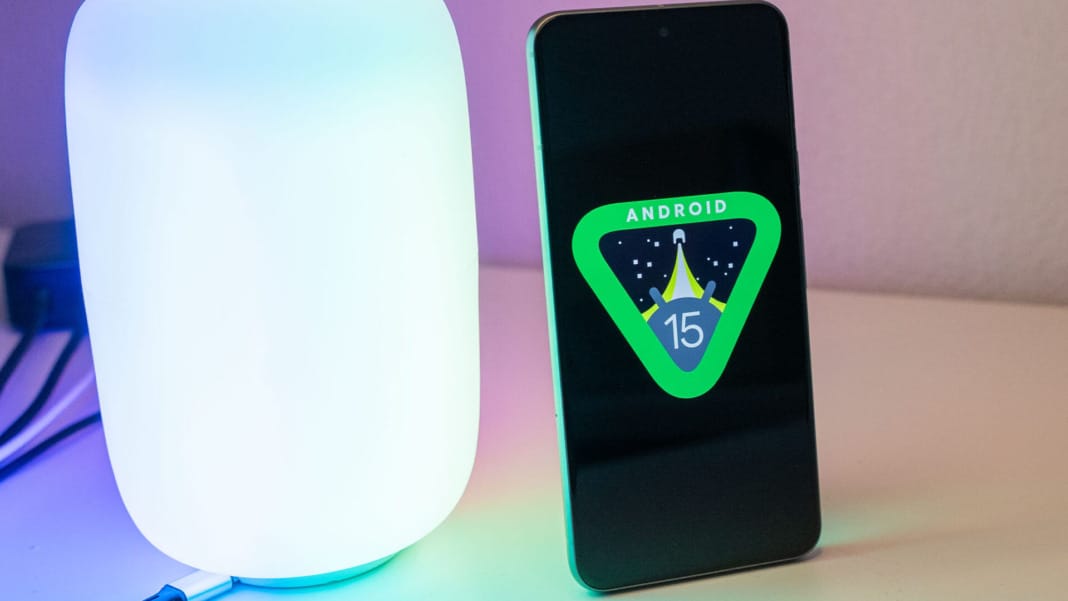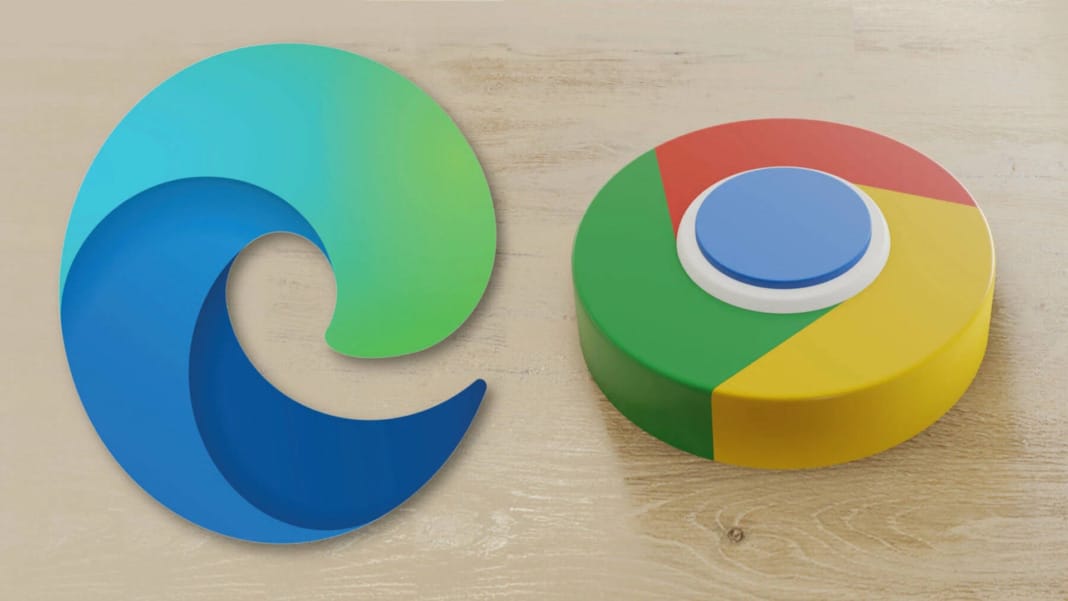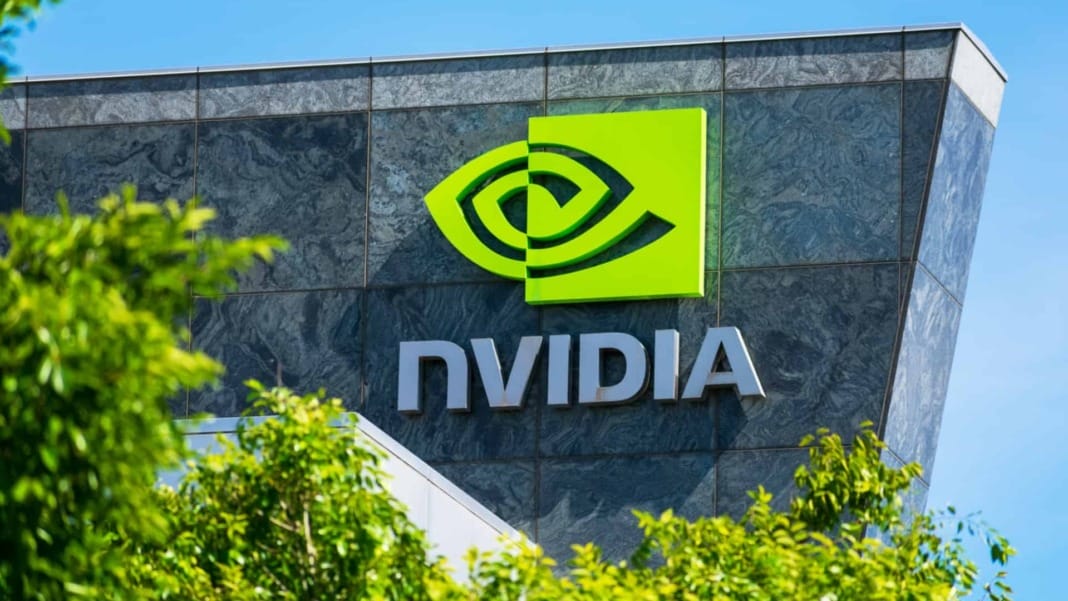The tech world is buzzing with the release of Android 15 Developer Preview 1, an update eagerly anticipated by Android enthusiasts and developers alike. This preview is now available for Pixel 6, 7, and 8, along with the Pixel Fold and Pixel Tablet, signalling an exciting new phase for Android users. However, it’s worth noting that this release marks the end of major OS support for the Pixel 5 and 5a series.
Exploring the new features
Let’s delve into what Android 15 has to offer. The headline feature of this update is “Partial screen sharing,” which allows you to share or record just a part of your screen – specifically, individual app windows. This is a significant enhancement, especially for tablet users, and it’s hoped that this feature will also prevent unwanted notifications from popping up during screen shares.
Another critical update is integrating an API supporting the Linux kernel’s fs-verity feature. This security measure enables the storage of read-only files on a read-write file system, with cryptographic signing to ensure these files haven’t been maliciously altered. This development aims to bolster security, safeguarding your apps from potential malware and unauthorised modifications.
Also included are improved camera controls for apps and enhanced dynamic performance controls. The latter is particularly noteworthy, as it allows your phone to detect overheating issues and enables apps to adjust their performance accordingly, ensuring a smoother, more reliable user experience.
Timeline and expectations for developers
The release schedule for Android 15 is structured to include at least six developer releases. The first beta is slated for release in April, with a key milestone, “platform stability,” set for June. APIs will be finalised at this stage, signalling to developers that it’s time to commence serious development work. The final version of Android 15 is expected to be released sometime after July, depending on the development progress.
Looking towards the future
These initial Developer Preview releases are primarily aimed at app developers, focusing on low-level features that provide a foundation for new functionalities. They offer developers a crucial period to adapt and enhance their apps in readiness for the full OS release in Q3. User-facing features are anticipated to be introduced later in the development cycle. After the relatively modest updates seen in Android 14, there’s a general hope for more substantial improvements in this year’s release.
As more detailed documentation becomes available and software trials begin, a clearer picture of what Android 15 truly offers will emerge. With its emphasis on enhanced security, improved performance, and user-friendly features, Android 15 is poised to elevate the Android user experience significantly.





